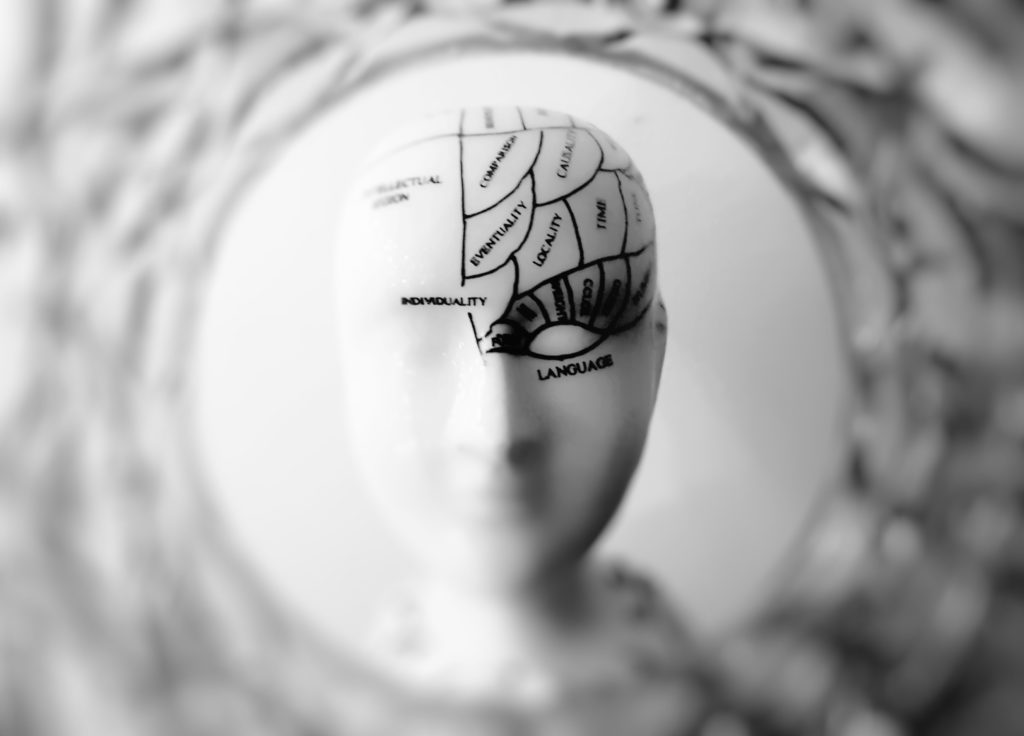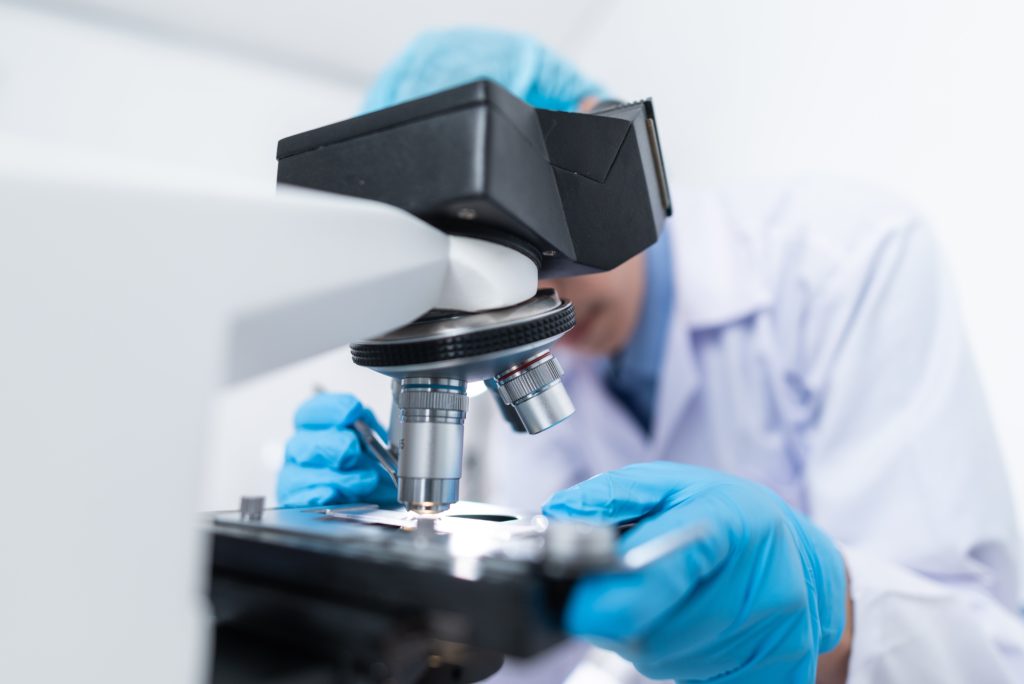What causes Autism?

Featured Image by Polina Kovaleva, Pexels.com
What is autism?
Autism, also known as Autism Spectrum Disorder (ASD), is a spectrum disorder meaning each individual will experience varying levels and types of learning differences. ASD is characterized by repetitive patterns of behaviour and difficulties with social communication. Examples include struggling to deal with change, completing mandatory actions, and having difficulty understanding other points of view.
While challenges exist, it is just as important to consider the strengths individuals with ASD often possess. These strengths include attention to detail, efficiency, logical thinking, and information retention. Thinking about ASD through a strengths-based lens is important.
What are the risk factors for autism?
The cause of autism has not been discovered, but there are some factors believed to play a part.
According to research on the subject, autism seems to run in families, and the ages of a child’s parents is also a significant factor. In addition, mutations in genes parents pass onto their children are considered to raise the risk of autism.
It’s worth noting that taking prenatal vitamins – before conception, at conception and during pregnancy – is thought to reduce the risk of autism.
Much more research on the causes of autism is required, but here we outline some of the latest scientific thinking on the topic.
What causes autism?
The cause of ASD is unknown; scientists and doctors are unsure where ASD comes from or if there is a distinct cause. Despite this, researchers have hypotheses about biological and environmental factors which contribute to ASD.
These include:
- Brain development differences
- Environmental causes
- Genetics
How does brain development contribute to autism?

Image by Meo, Pexels.com
Researchers have discovered consistent differences in brain development for individuals with ASD.
During the first two years of life, people with ASD experience a period of rapid brain growth. Their head circumference increases substantially faster than children without ASD.
Between ages two and five, children with ASD experience increased prefrontal cortex volume and reduced cerebral cortex volume. Neurotypical children do not experience this development pattern. Neuroimaging has also shown significantly more grey and white matter present in the ASD brain.
Scientific studies have helped explain structural brain differences, but a definitive cause of these neurological differences is unknown at this time.
How do environmental factors contribute to autism?

Image by Palo Cech, Pexels.com
So, what causes these consistent differences in brain development?
While one specific cause is unknown, there are a few environmental factors that are suspected to increase the likelihood of ASD:
Older parents: When parents, especially fathers, are older than 40, the chances of their child having ASD increase.
Exposure to harmful environmental toxins: Toxins including lead and mercury are associated with neurodevelopmental disorders like ASD.
The health of the mother: Mothers who are obese, have diabetes, or are have a compromised immune system, are more likely to give birth to a child with ASD.
Preterm Birth: The earlier a child is born before their due date, the more likely they are to be diagnosed with ASD later in life.
Labour/Birth Complications: Complications that limit oxygen to the baby’s brain increase the likelihood of ASD.
These are not causal relationships, rather associations between environmental factors and ASD. When paired with genetic predisposition, these factors may increase the likelihood of ASD.
How do genetic factors contribute to autism?

Image by Chokniti Khongchum, Pexels.com
In the 1970s, researchers discovered a link between genetics and ASD. Studies on twins uncovered the heritability of autism. These studies found that if one twin had ASD, the more similar their genetic code was to their twin’s genetic code (identical vs. fraternal), the more likely the second twin was to have ASD too.
Scientists have identified roughly 100 genes associated with ASD. While little definitive knowledge exists, mutations to these genes are associated with an increased likelihood of ASD. Sometimes these mutations can cause significant developmental differences. Other times, these mutations seem to have no effect at all. Further research is needed to understand how mutations to these genes affect people.
Genetic mutations can be passed down from parents to children through genetic code. Each parent passes half of their chromosomes to their child; these chromosomes carry genetic information and sometimes genetic mutations. Therefore, heredity can predispose a child to a greater risk of developing ASD.
Mutations can also occur independently of hereditary genetics. Permanent changes in genetic sequences can happen spontaneously throughout an individual’s lifetime. Intense ultraviolet radiation, chemical mutagens (chemicals that alter genetics), and errors in DNA replication can cause sporadic mutations to occur.
While precise answers about genetics and ASD are unknown, researchers know that genes play a role in some capacity.
Is there a link between vaccines and autism?

Image by RF._.studio, Pexels.com
No! This is a stubborn myth that persists despite being proven incorrect countless times by scientific research.
The myth stems from faulty research conducted by Andrew Wakefield, a British doctor in the 1990s. One of his studies claimed a link existed between the Measles-Mumps-Rubella (MMR) vaccine and autism in children.
This news caused global panic, especially in the United Kingdom and the United States, and parents began refusing to have their children vaccinated.
Countless subsequent studies have discovered no link between ASD and the MMR vaccine. Scientists and researchers who reviewed Wakefield’s work found his results were fraudulent and completely inaccurate. Lawyers had paid Wakefield to falsify the scientific results. The lawyers wanted the fake data to sue vaccine makers. Consequently, Wakefield was banned from practising medicine in Britain.
While the truth about Wakefield’s MMR research is known and countless studies have unanimously disproven the claim that the MMR vaccine causes ASD, the myth is still believed by many.
No links between vaccines and ASD exist in scientific research.
Can you develop autism later in life?
Whilst the causes of autism have yet to be identified, it’s known that autism doesn’t develop after early childhood.
Although we’ve become much better at recognising and diagnosing autism in children, many people still move into adulthood without a diagnosis. This means that many don’t learn they have the condition until they’re adults.
It can be that someone suddenly starts to exhibit signs of autism as an adult, but this will likely mean they’ve developed a different mental health condition, such as anxiety, for instance.
Final thoughts
Currently, little definitive knowledge about the causes of ASD exists. However, researchers and scientists have identified factors that likely contribute. Brain development differences, environmental factors, and genetics are believed to influence the development of ASD. On the other hand, vaccines are NOT linked to ASD in any way. Further research is needed to understand the root cause of ASD. To find out if you have traits of autism, try taking our online autism test.




